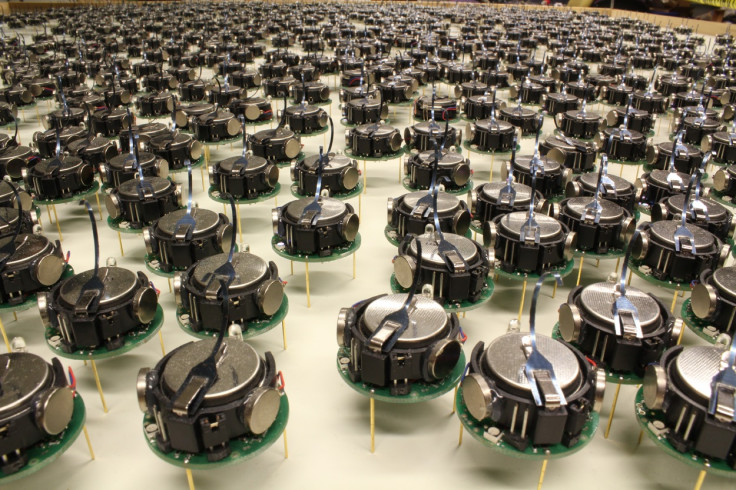Robots to be used to remove weeds in revolutionary step in farming

In a step that will revolutionise farming, Australian engineers have developed robots that can de-weed crops.
The small robot platforms can pull the weed out, laser it, microwave it or spray weed killers, said Dr Robert Fitch, manager of systems planning at the Robotics Center (ACFR).
Weeds are basically plants growing in unwanted places, where they compete for sunlight, water and nutrition from the crops being grown.
Yield losses due to weed competition have been noticed in many crops and is largely attributed to a decrease in tillering. Harvest costs including increased labour often adds to the farmer's problems.
The nimble robots can slow down and kill every single weed, but do not cause soil compaction.
"We actually see robots as being simple machines that do simple tasks well ... the robots are simple modular machines that can be quite small," said Australian farmer Andrew Bate, who has also developed the robots to de-weed crops.
More than 60 of the world's leading robotics engineers and academics gathered at Sydney University on Wednesday for the first ever conference on agricultural robotics.
The cost is also low at a Australian $100,000, as compared to a large machine.
Bate plans a commercial operation of the robots by the end of 2015.
Robots are being developed for tasks as varied as peering into volcano mouths, to navigating into dangerous terrain after accidents.
Joining the legion of crawling, walking and leaping robots already in the labs, will soon be EU's Arcas project with its team of flying robots that can grasp, hold and deposit an object at the required place.
Swarmies at Nasa fitted with webcam, WiFi antenna and GPS can spread out and scan an area for a chosen object. A step ahead are military drones that can identify human targets and eliminate them.
The de-weeding farm robots expands the scope of artificial intelligence in food production.
© Copyright IBTimes 2025. All rights reserved.





















